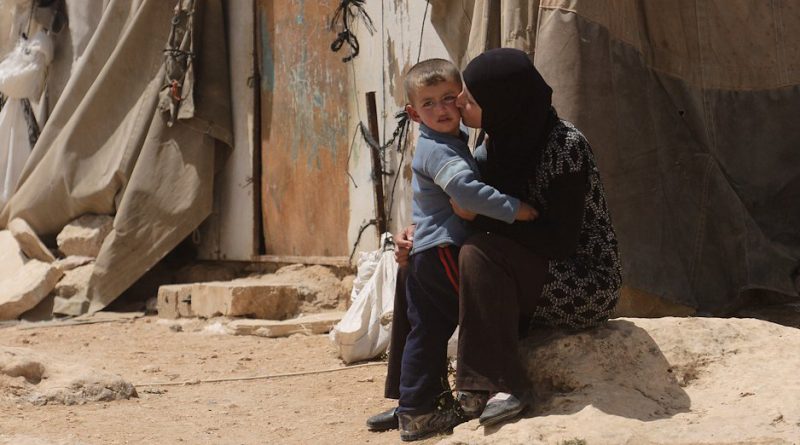Now Reading: Recruiting Married Persons Into JAG Can Be A Expensive Deal For The Army, Government Informs Delhi High Court
-
01
Recruiting Married Persons Into JAG Can Be A Expensive Deal For The Army, Government Informs Delhi High Court
Recruiting Married Persons Into JAG Can Be A Expensive Deal For The Army, Government Informs Delhi High Court
The government has claimed before the Delhi High court that recruitment of married men and women into the Indian Army’s legal branch, JAG, will be expensive for the Centre as it will have to incur “heavy expenditure” to find replacements for such recruits when they are absent from training due to their marital obligations.
In response to the petition filed by lawyer Kush Kalra was filed in May 2016, the Army had come out with a corrigendum in August, 2017, which had said that even married men are barred from recruitment into the JAG service.
The submission by the central government was made through an affidavit filed before a bench of Acting Chief Justice Gita Mittal and Justice C Hari Shankar which is presently hearing a lawyer’s PIL that alleged “discrimination” against married women by not inducting them into the Judge Advocate General (JAG) Department.
The JAG, responsible for dispensation of justice, handles varied legal issues of the force, including disciplinary and litigation cases.
According to the affidavit the reason behind the Army’s decision, , was that “if the bar of marriage is removed, it will lead to huge practical difficulties (Centre and Army) to make arrangements for substitutes of the trainees during their absence for a period created by domestic needs resulting from marriage.”
Replying to the question on why married men were being recruited into JAG (till the PIL was filed), the Army has taken the stand that its recruitment norms were of 1960-70 when young men married early and preventing them from applying would have reduced eligible candidates by half, so it was not feasible at that time taking into consideration the social conditions of the country.
The Respondents further respectfully submitted that Army instructions governing the entry of male candidates are of 60/70s vintage. At the time when these Army instructions were formulated, the socio-economic realities in the country were such, wherein, at the age group of 20-25 years, a large number of males were married.
“Under such circumstances, not permitting married males would have reduced the eligible candidates to less than half,” the government said in its affidavit in which it has also stated that from 1992, women were being inducted in the Army as the socio-economic realities had changed and both sexes were opting for careers before settling down.
The affidavit further contended that “But presently there is no dearth of eligible candidates, both male and female, for commission into the Indian Army,”
The government has also said that there is no bar on male and female officers getting married after being commissioned into the service. The prohibition is there only during the training period and first year of service. The reason behind this is non-eligibility of officers, up to the age of 25 years, for married accommodation.
The high court had earlier asked the Army how it could object to the recruitment of married women in JAG after the display by women fighter pilots and the BSF all-women bikers’ contingent on the Republic Day. The PIL is expected to come up for hearing on May 21, 2018.









